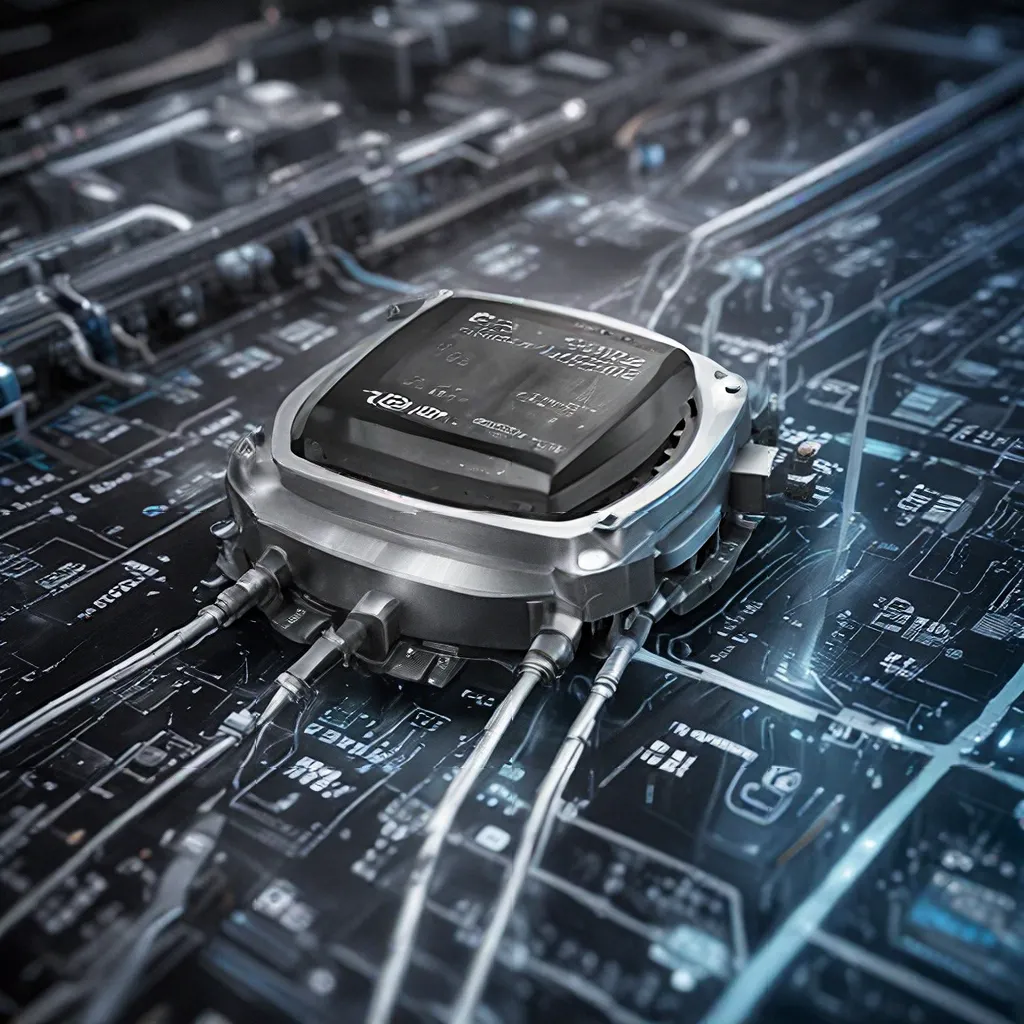
In today’s rapidly evolving technological landscape, sensor networks and the Internet of Things (IoT) have become essential components in driving operational efficiency, asset reliability, and predictive maintenance strategies across industries. As the demand for real-time insights and proactive maintenance solutions continues to grow, understanding the latest advancements in sensor technologies and their practical applications is crucial for businesses seeking to stay ahead of the curve.
Revolutionizing Condition-Based Monitoring with Sensor Technologies
At the heart of this transformation lies the power of condition-based monitoring (CBM). By leveraging a diverse array of sensors, CBM systems can continuously assess the health and performance of critical assets, enabling organizations to make informed decisions and optimize maintenance strategies.
One of the key drivers of this shift is the increasing adoption of predictive maintenance techniques. As opposed to traditional reactive or preventive maintenance approaches, predictive maintenance utilizes the data collected by sensors to identify potential issues and predict future failures before they occur. This proactive approach not only reduces unplanned downtime and associated costs but also extends the lifespan of valuable equipment.
Predictive maintenance builds on the foundation of CBM, leveraging advanced analytical tools and machine learning (ML) algorithms to continuously assess the condition of assets in real-time. By monitoring a wide range of parameters, such as vibration, temperature, lubrication, and sound, these systems can detect early warning signs of potential problems and trigger timely maintenance interventions.
The Power of IoT in Enabling Condition-Based Monitoring
The rise of the Internet of Things (IoT) has been a game-changer in the world of CBM. IoT-enabled sensor networks allow for the seamless collection and transmission of data from a multitude of devices and assets, providing a comprehensive view of the operational status of an entire facility or system.
Sensor network technologies, coupled with cloud computing and data analytics, enable organizations to centralize and analyze the vast amounts of data generated by their assets. This, in turn, allows for more informed decision-making, optimized maintenance schedules, and enhanced overall equipment effectiveness (OEE).
One of the key advantages of IoT-driven CBM is the ability to detect and address issues in real-time. By continuously monitoring critical parameters, sensors can identify anomalies or deviations from normal operating conditions, triggering immediate alerts and enabling swift corrective action. This proactive approach not only reduces the risk of catastrophic failures but also minimizes the impact of unplanned downtime on operations.
Enhancing Asset Reliability through Sensor-Based Insights
The integration of sensor technologies into CBM strategies has yielded significant benefits for organizations across various industries. Asset-intensive sectors, such as manufacturing, energy, transportation, and telecommunications, have been at the forefront of adopting these advanced monitoring solutions.
Sensor-based machine health monitoring has proven to be a game-changer in these industries, enabling businesses to increase uptime, improve asset performance, and drive enterprise scalability. By strategically placing sensors on critical equipment, organizations can gain valuable insights into the real-time condition of their assets, allowing them to prioritize maintenance activities and minimize the risk of costly breakdowns.
One of the key benefits of sensor-based CBM is the ability to detect and address issues before they escalate. Subtle fluctuations in vibration, temperature, or other parameters can be indicative of underlying problems that may not be readily apparent through visual inspections or surface-level monitoring. By leveraging advanced analytics and predictive algorithms, sensor networks can identify these early warning signs and trigger proactive maintenance interventions, ultimately enhancing the reliability and longevity of critical assets.
Optimizing Maintenance Strategies with Sensor Data
The integration of sensor data into maintenance programs has transformed the way organizations approach asset management. Predictive maintenance, enabled by sensor-driven CBM, has emerged as a highly effective strategy, delivering measurable improvements in operational efficiency and cost-savings.
Comprehensive condition monitoring solutions that combine various data sources, including sensor data, process data, and operational metrics, provide a holistic view of asset performance. By leveraging advanced analytics and failure mode analysis, these platforms can not only identify immediate issues but also predict potential failures and recommend proactive maintenance actions.
The adoption of these sensor-driven CBM and predictive maintenance strategies has yielded impressive results for organizations. Deloitte reports that predictive maintenance can result in a 5-15% reduction in facility downtime and a 5-20% increase in labor productivity. Additionally, these approaches have a positive impact on operational sustainability by minimizing energy usage and waste, as well as enhancing the lifetime reliability and durability of equipment.
Overcoming Challenges and Embracing the Future of Sensor Networks
While the benefits of sensor-driven CBM and predictive maintenance are clear, organizations may face certain challenges in implementing these advanced technologies. Factors such as the initial cost of implementation, the complexity of data integration, and the need for specialized expertise can present barriers to adoption.
However, as the technology continues to evolve and the cost of sensor hardware and data storage decreases, the barriers to entry are becoming less daunting. Additionally, the growing availability of cloud-based platforms and the increasing accessibility of analytical tools are making it easier for organizations to leverage the power of sensor networks and predictive maintenance.
Looking ahead, the future of sensor networks and IoT-driven CBM is poised for even greater advancements. Emerging technologies, such as 5G connectivity, edge computing, and advanced machine learning algorithms, are expected to further enhance the capabilities of sensor-based monitoring systems. These innovations will enable real-time, high-resolution data processing, improved predictive accuracy, and seamless integration with other enterprise systems.
As organizations continue to prioritize operational efficiency, asset reliability, and sustainability, the adoption of sensor-driven condition-based monitoring and predictive maintenance strategies will only accelerate. By embracing these transformative technologies, businesses can unlock new levels of operational excellence, optimize maintenance activities, and maintain a competitive edge in their respective industries.